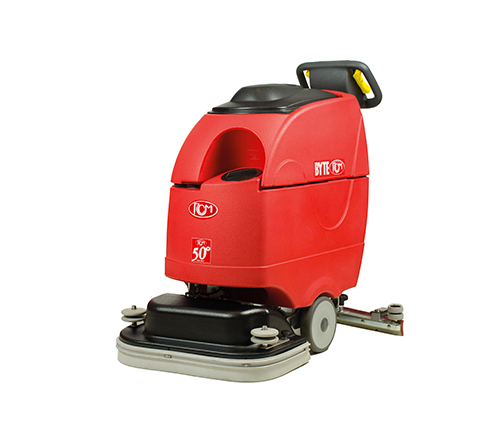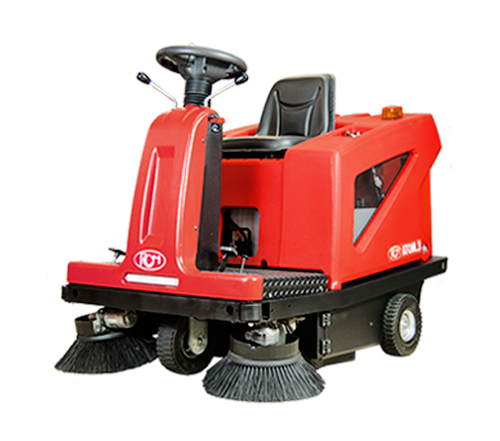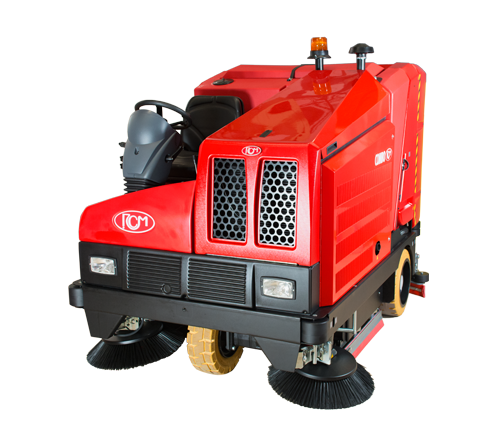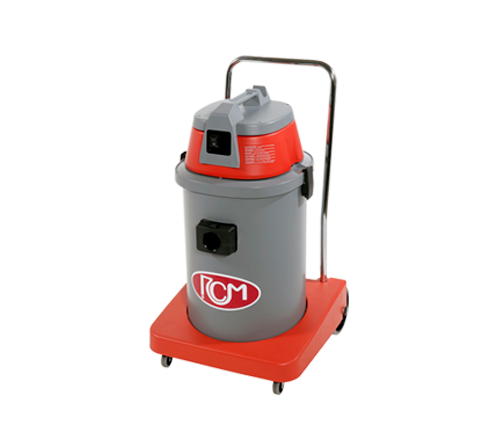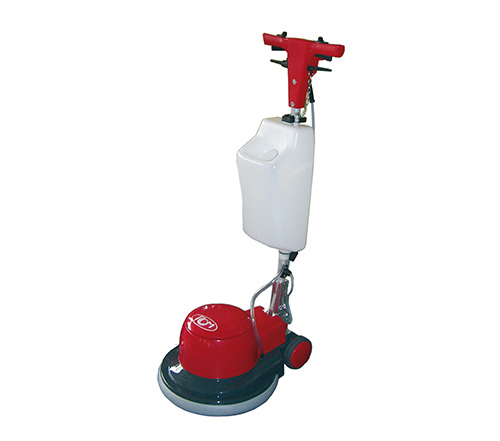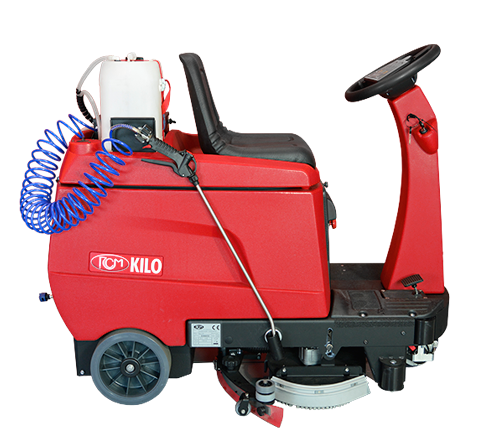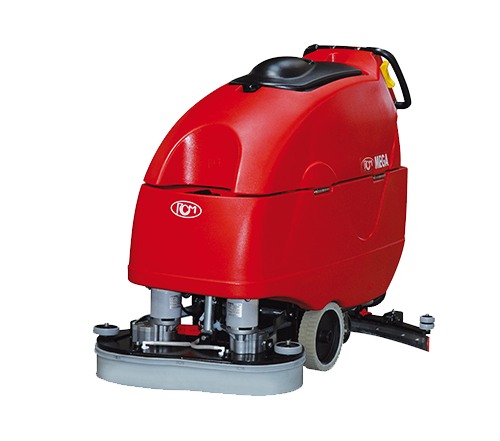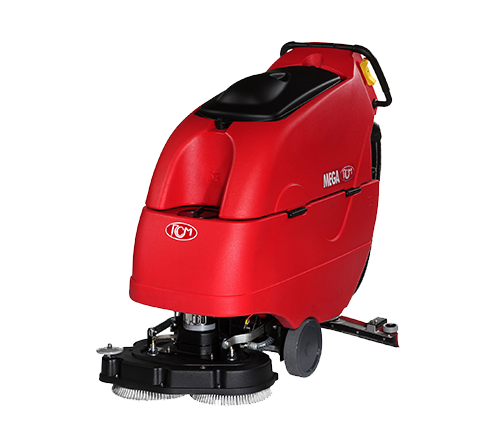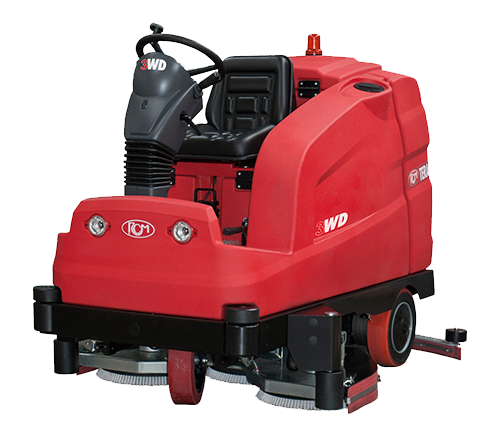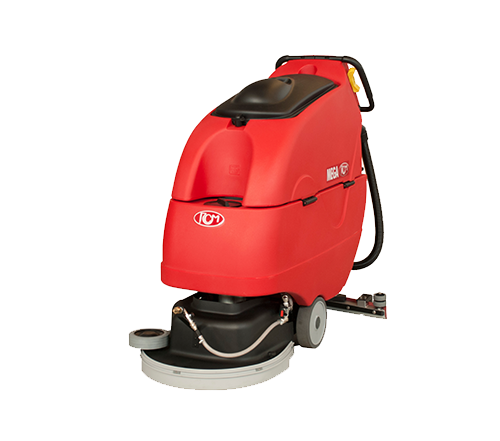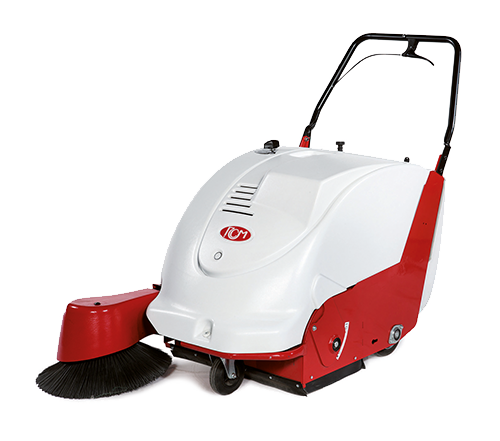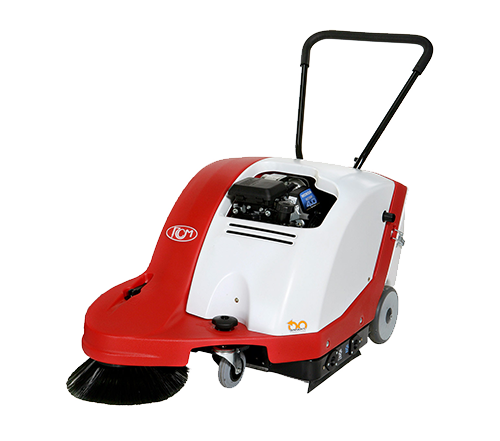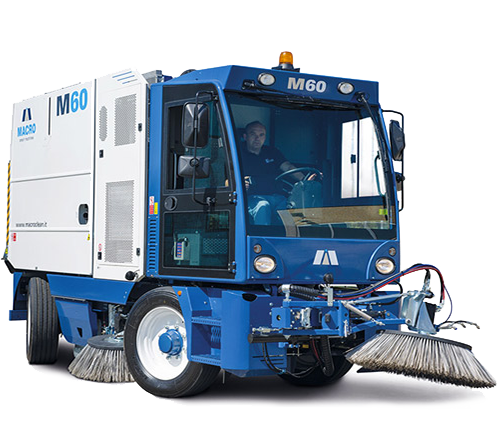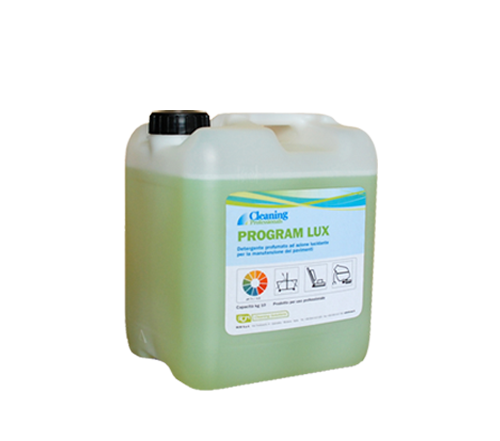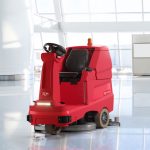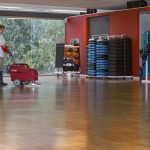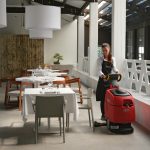The floor coverings that we need to clean may vary significantly. In fact, floorings are chosen based on their use and may vary according to the sector in which they are used:
- Industries (factories, storage rooms, warehouses…)
- Civil buildings (shopping centres, schools, public buildings…)
- Hospitals and care homes
- Sports facilities (tennis courts, athletics tracks, swimming pools…)
- Transit zones (airports, marine and railway stations…)
- Roads and car parks
Depending on the material of which they are made, floor coverings may be classified as follows:
HARD FLOORS
They are made of natural stones and agglomerates, cement-based mixes or ceramics.
Hard floors are among the hardest surfaces used in all sectors.
RESILIENT FLOORS
Those made of PVC, linoleum, rubber.
They are normally used as floors for civil buildings, sports facilities, hospitals and care homes.
WOODEN FLOORS
They are made of slats, strips, staves, blocks and boards. The surface keeps the characteristics of the original wood, such as colour and hardness. They are generally used as floor coverings in civil buildings and sports arenas.
TEXTILE FLOORS
They are mats and carpets, and are used in theatres, hotels and offices for their specific thermal and sound insulation qualities.
FLOATING FLOORS
They are raised floors, also known as floating floors, mainly used in offices. Their superficial covering may be in laminate, PVC, carpet, wood, ceramics or artificial compounds.
NEW FLOORINGS
They are floors made of dust and resin compounds. They are used in shops, offices, private dwellings, theatres, representation venues.



